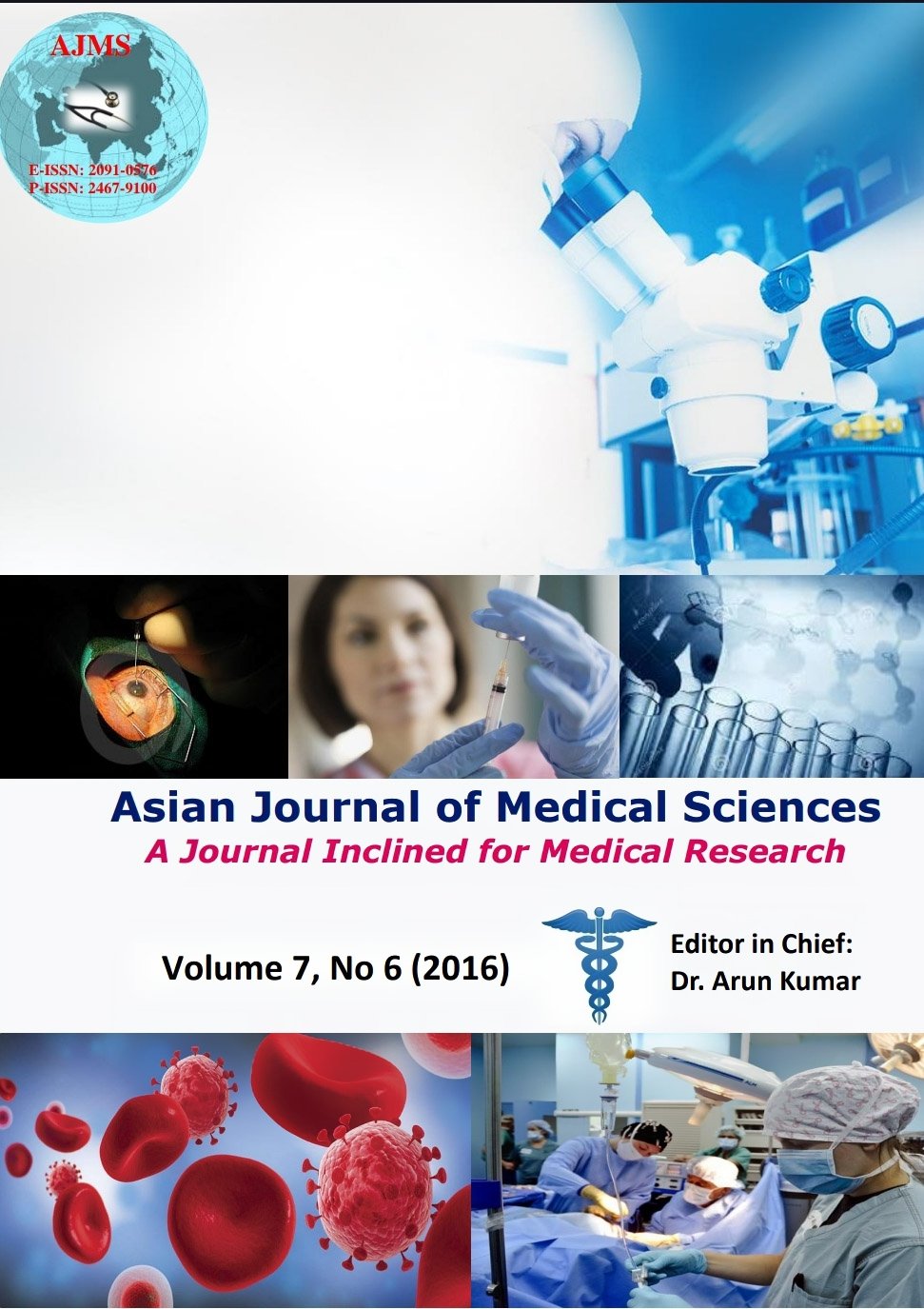Childhood polyarteritis nodosa: A rare presentation
Keywords:
Childhood polyarteritis nodosa, Corticosteroids, Mycophenolate mofetilAbstract
Polyarteritis nodosa (PAN) is a rare systemic vasculitis characterized by necrotizing arteritis of small to medium-sized arteries. It manifests as skin ulceration, hypertension, abdominal pain, digital gangrene, subcutaneous nodules etc. Childhood polyarteritis nodosa (CPAN) is a rare and often fatal disease. Clinically, CPAN often is part of the spectrum of Kawasaki disease (KD). There is no specific serological marker for diagnosis and confirmation is based on histopathology. Most common mode of pharmacological therapy includes corticosteroid or cyclophosphamide, along with antimicrobials for secondary infection prevention and plasmapheresis.
Here, we present a case of a 16year old boy with multiple skin ulceration, digital gangrene with few non-specific signs and symptoms, diagnosed as a case of PAN, underwent regular therapy and follow-up.
Asian Journal of Medical Sciences Vol.7(5) 2016 94-96
Downloads
Downloads
Additional Files
Published
How to Cite
Issue
Section
License
Authors who publish with this journal agree to the following terms:
- The journal holds copyright and publishes the work under a Creative Commons CC-BY-NC license that permits use, distribution and reprduction in any medium, provided the original work is properly cited and is not used for commercial purposes. The journal should be recognised as the original publisher of this work.
- Authors are able to enter into separate, additional contractual arrangements for the non-exclusive distribution of the journal's published version of the work (e.g., post it to an institutional repository or publish it in a book), with an acknowledgement of its initial publication in this journal.
- Authors are permitted and encouraged to post their work online (e.g., in institutional repositories or on their website) prior to and during the submission process, as it can lead to productive exchanges, as well as earlier and greater citation of published work (See The Effect of Open Access).




